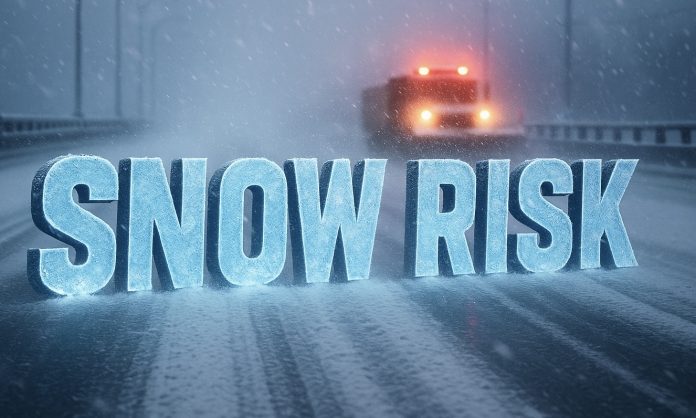Denver, Colo. – Ski country and mountain towns across the Rockies are bracing for a winter of uncertainty, as neutral ENSO conditions strip away the usual guidance on snow totals and storm frequency.
According to the National Weather Service, Colorado, Wyoming, and Montana will see “equal chances” for above, below, or near-normal snowfall this year. In practice, that means Denver could go weeks without snow, then be buried by an upslope storm, while Salt Lake City and Billings may see similar stop-and-go patterns.
For high-elevation areas, including Colorado’s central mountains, Utah’s Wasatch Range, and Montana’s Big Sky region, snowpack is especially critical. In past neutral winters, totals have ranged from near drought levels to bumper seasons. This variability poses challenges for water managers who rely on spring runoff to fill reservoirs.
Travel is also a major concern. I-70 through Colorado, I-80 across Wyoming, and I-15 in Utah are all prone to closures when sudden blizzards strike. Avalanche danger increases in years with inconsistent snowpack, as layers build unevenly after long dry spells followed by heavy storms.
Forecasters highlight the role of short-term atmospheric “wild cards” like the Madden-Julian Oscillation and Arctic Oscillation, which can temporarily shift jet streams and steer storms across or away from the Rockies. These patterns often change every few weeks, making week-to-week forecasts more important than seasonal maps.
Residents from Denver to Missoula are urged to prepare for volatility: stock up on emergency supplies, monitor avalanche advisories in mountain areas, and plan for sudden travel disruptions. A more detailed outlook will be issued October 16.






